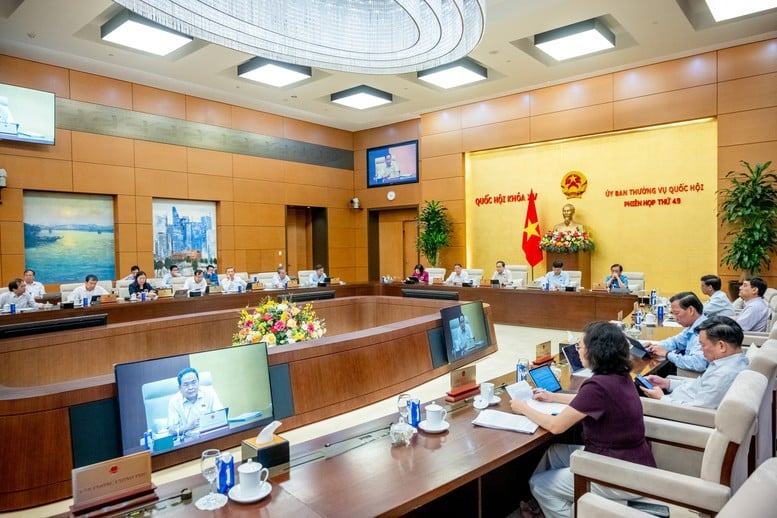
The National Assembly Standing Committee considers the draft Bankruptcy Law (amended)
The Bankruptcy Law 2014 was passed at the 7th session of the 13th National Assembly on June 19, 2014, overcoming a number of shortcomings and limitations of the Bankruptcy Law 2004. However, in addition to the positive aspects, the results of summarizing the practical implementation of the Bankruptcy Law 2014 show that there are still many bottlenecks in resolving bankruptcy cases. The need to resolve bankruptcy of enterprises and cooperatives is not small, but the results are not many. The time to resolve a bankruptcy case is long, affecting the results of attracting investment to Vietnam.
Removing bottlenecks in resolving bankruptcy cases
Presenting the Report on the Law Project, Deputy Chief Justice of the Supreme People's Court Nguyen Van Tien said: This revised Bankruptcy Law Project is designed to amend and supplement provisions that are still problematic and inadequate in practice; remove bottlenecks in resolving bankruptcy cases; create a favorable legal corridor for enterprises and cooperatives to restore production and business activities; declare bankruptcy and promptly liquidate enterprises and cooperatives that are no longer able to recover; unlock resources, support production and business, promote healthy economic development; contribute to improving the investment and business environment and enhancing national competitiveness; protect the legitimate rights and interests of the parties, in accordance with international practices and Vietnam's socio-economic conditions, contributing to bringing the country steadily into the "new era - the era of development and prosperity".
Specifically including: Building and perfecting procedures for business recovery of enterprises and cooperatives. Building simplified recovery procedures and simplified bankruptcy procedures for enterprises and cooperatives. Applying electronic transactions in resolving recovery and bankruptcy cases. Perfecting regulations on duties and powers of administrators, enterprises, asset managers and liquidators, people conducting recovery and bankruptcy procedures, and people participating in recovery and bankruptcy procedures. Perfecting the order and procedures for resolving bankruptcy cases to overcome difficulties and inadequacies and in accordance with international practices.
The draft Law consists of 8 chapters with 89 articles. The content of the draft Law closely follows the 5 policies in the Law Proposal Document approved by the National Assembly Standing Committee. The draft Law inherits the provisions of the 2014 Bankruptcy Law that are still suitable; at the same time, amends and supplements provisions that have problems and shortcomings in practice, selectively absorbs international experience to remove bottlenecks in resolving bankruptcy cases, meets the requirements of unblocking resources, supporting production and business, promoting the economy, building a healthy business environment, and improving national competitiveness. Of which, 22 new articles are added, 62 articles are amended and supplemented, and 5 articles are kept unchanged.
During the preliminary examination of the draft law, the Standing Committee of the Economic and Financial Committee agreed with the proposal of the submitting agency on 3 contents for comments, specifically: Amending the name of the Law as "Law on Rehabilitation and Bankruptcy". Regulating the advance payment of bankruptcy costs, the source of payment of bankruptcy costs guaranteed by the state budget in cases where no advance payment of bankruptcy costs is required or the enterprise or cooperative has no more money or assets to pay or has assets but cannot sell them to secure bankruptcy costs. Assigning the Court currently handling the bankruptcy to resolve all disputes that have been suspended by other Courts and Arbitrations and disputes related to enterprises and cooperatives arising during the process of resolving the bankruptcy case.
However, the Standing Committee of the Economic and Financial Committee proposed that it is necessary to assess the impact of using the state budget to pay for bankruptcy costs to ensure feasibility and avoid policy abuse that causes loss and waste of the state budget; at the same time, it is necessary to specifically identify funding sources and procedures in accordance with the provisions of the State Budget Law.
Continue to coordinate and review the contents of the draft Law.
After listening to the opinions of the members of the National Assembly Standing Committee, concluding this content, Vice Chairman of the National Assembly Vu Hong Thanh suggested that the drafting agency and the reviewing agency continue to coordinate and review the contents of the draft Law, ensuring consistency with the Party's policies and guidelines on judicial reform and orientations for innovation in law-making work to unleash all resources for development, overcome overlaps and contradictions in the legal system, overcome weaknesses in law enforcement, and improve the investment and business environment.
The Vice Chairman of the National Assembly also requested the drafting agency to review the provisions of the current Bankruptcy Law that have been supplemented or abolished in the draft Law, propose the contents that need to be regulated in transition to ensure completeness, avoid omissions, and facilitate agencies, organizations and individuals in implementing the Law when it comes into effect; at the same time, review and supplement the assigned contents in the draft Law to ensure that detailed regulations and implementation instructions are fully promulgated and take effect at the same time as the provisions of the Law.
Nguyen Hoang
Source: https://baochinhphu.vn/sua-doi-bo-sung-cac-quy-dinh-con-vuong-mac-bat-cap-lien-quan-den-van-de-ve-pha-san-102250912174854195.htm



![[Photo] Closing of the 13th Conference of the 13th Party Central Committee](https://vphoto.vietnam.vn/thumb/1200x675/vietnam/resource/IMAGE/2025/10/08/1759893763535_ndo_br_a3-bnd-2504-jpg.webp)




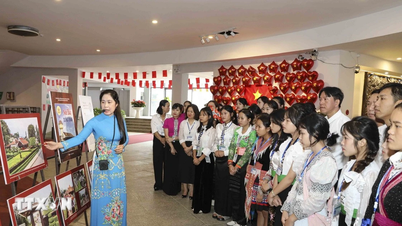













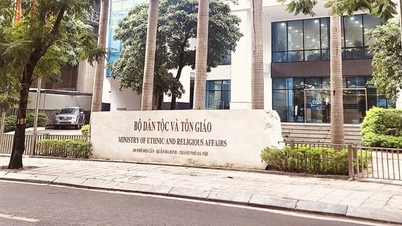
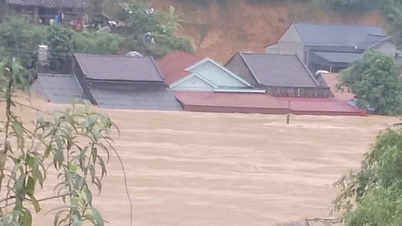
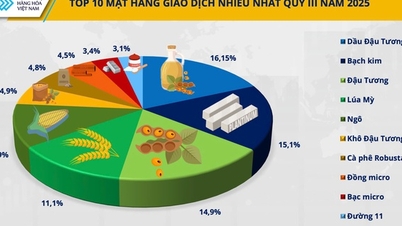































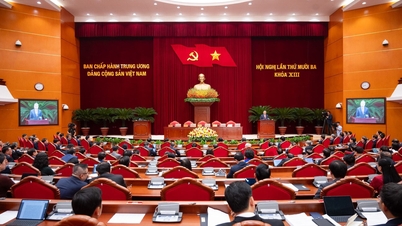


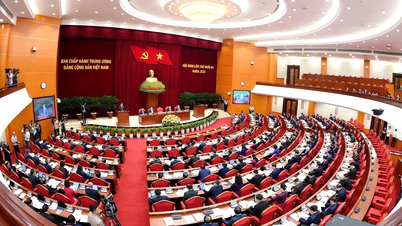








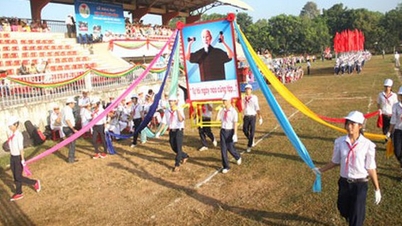




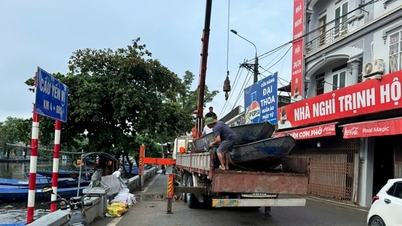




















Comment (0)